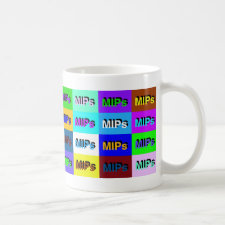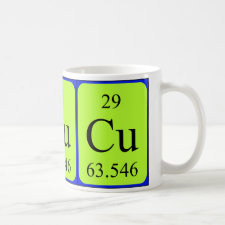
Authors: Fan HT, Liu JX, Yao H, Zhang ZG, Yan F, Li WX
Article Title: Ionic Imprinted Silica-Supported Hybrid Sorbent with an Anchored Chelating Schiff Base for Selective Removal of Cadmium(II) Ions from Aqueous Media.
Publication date: 2014
Journal: Industrial & Engineering Chemistry Research
Volume: 53
Issue: (1)
Page numbers: 369-378.
DOI: 10.1021/ie4027814
Abstract: A novel Cd(II)-ion-imprinted silica-supported hybrid sorbent functionalized with tetradentate Schiff bases ligands derived from 2-thiophenecarboxaldehyde and 3-[2-(2-aminoethylamino)ethylamino]propyltrimethoxysilane for the selective removal of Cd(II) ions from aqueous media had been synthesized by a surface-imprinting technique in conjunction with a sol-gel process and characterized by scanning electron microscopy, Fourier transform infrared spectroscopy, N2 adsorption-desorption isotherms, and thermogravimetric analysis. The results revealed that the static adsorption capacity of Cd(II) was 29.1 mg g-1. The imprinted hybrid sorbent exhibited a fast equilibrium time with 30 min, had a stable binding capacity in the range of pH 3.5-9.5, and showed the selective adsorption for Cd(II) in binary ions systems of Cd(II)/Zn(II), Cd(II)/Ni(II), Cd(II)/Cu(II), and Cd(II)/Pb(II). The adsorption/desorption cycles of the imprinted hybrid sorbent could be up to nine times. Langmuir, Freundlich, and Dubinin-Radushkevich isotherm models were applied to analyze the experimental data, and the best interpretation for the experimental data was given by the Langmuir isotherm equation. The adsorption kinetics could be fitted by pseudo-second-order rate equation wonderfully compared with pseudo-first-order, Elovich, and intraparticle diffusion models. Negative values of Δ G° indicated the spontaneous adsorption, and the degree of the spontaneity increased with increasing temperature. The thermodynamic parameters of Δ H° and Δ S° were 11.77 kJ mol-1 and 74.98 J K-1 mol-1, respectively. Thus, this novel imprinted hybrid sorbent was a favorable, useful, and promising good candidate material for the selective removal of Cd(II) ions from aqueous media
Template and target information: copper ion, Cu(II)



Join the Society for Molecular Imprinting

New items RSS feed
Sign-up for e-mail updates:
Choose between receiving an occasional newsletter or more frequent e-mail alerts.
Click here to go to the sign-up page.
Is your name elemental or peptidic? Enter your name and find out by clicking either of the buttons below!
Other products you may like:
 MIPdatabase
MIPdatabase









